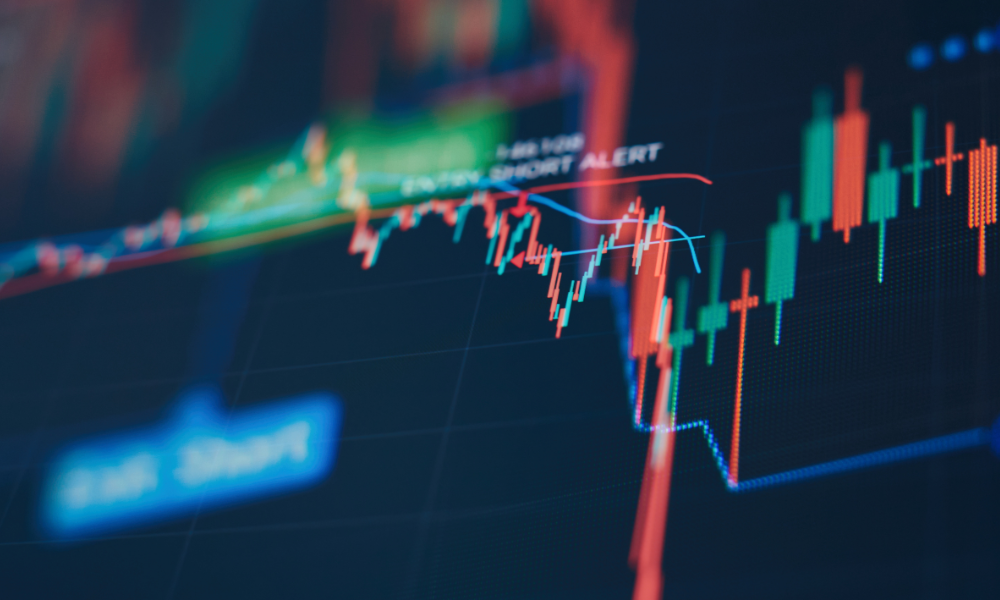As inflation fades, fixed income reclaims its role as a stable asset for investors amid market shifts

In an article by Benefits and Pension Monitor, the evolving role of fixed income as a risk-off hedge during uncertain market conditions is explored.
Earl Davis, head of fixed income at BMO Global Asset Management, and Tom O'Gorman, senior vice president of fixed income for Franklin Templeton, share insights on how fixed income is gaining renewed significance amidst current economic dynamics.
Davis notes that fixed income’s role as a hedge has re-emerged because inflation is no longer a central focus for central banks.
He states, “Historically, there has been negative correlation because central banks used to hike rates when growth was too hot, in order to get ahead of inflation. Now, with inflation being less of a focus, there’s a return to fixed income’s role as a hedge.”
The article emphasizes the increasing demand for fixed-income products as yields rise, providing stability and returns for investors.
The Canadian economy’s recent divergence from the US economy is also impacting fixed income.
Davis points out that Canada’s unique economic factors, such as housing and disposable income, led the Bank of Canada (BoC) to act independently of the US Federal Reserve.
He highlights the strain on Canadian per capita spending and employment, noting, “The number of jobs being created does not support our immigration policy, so that drain on individual spending is visible in housing and disposable income.”
In contrast, O’Gorman remarks on the disparity in growth rates between the two countries, observing that the US experienced a 3.1 percent growth rate, while Canada lagged at 1.1 percent.
He adds that high debt levels across Canadian sectors have intensified economic challenges, with debt constraining growth.
O'Gorman also provides context for the recent bear market in fixed income, explaining, “The bear market in fixed income needs to be looked at with regard to what happened before – two years of 10 percent-plus returns when spreads were at their all-time highs and yields were near zero.”
He suggests that the current market has become more balanced, with fixed-income strategies delivering stable returns.
Another significant aspect of the discussion is the differing views on the US dollar. O’Gorman favours the dollar as a hedge, stating, “I love the US dollar,” and uses it to manage volatility in core plus strategies.
Conversely, Davis maintains a neutral stance, preferring duration as a risk hedge, explaining, “When we are overweight in duration, that becomes the hedge in itself, so we don’t need to take an explicit position in the US dollar.”
With yields higher than in recent years and inflation no longer the primary concern, the article concludes that fixed income provides both stability and growth opportunities.
This environment is especially beneficial for investors managing pension and insurance portfolios, who can now capitalize on the strengthened role of fixed income as a reliable risk-off asset.



